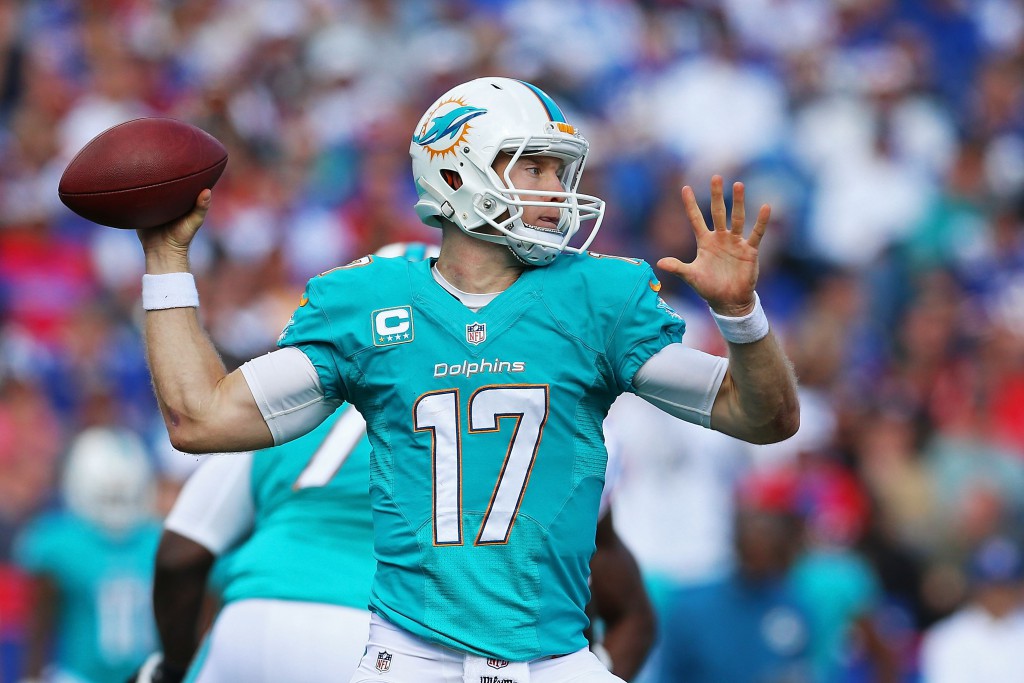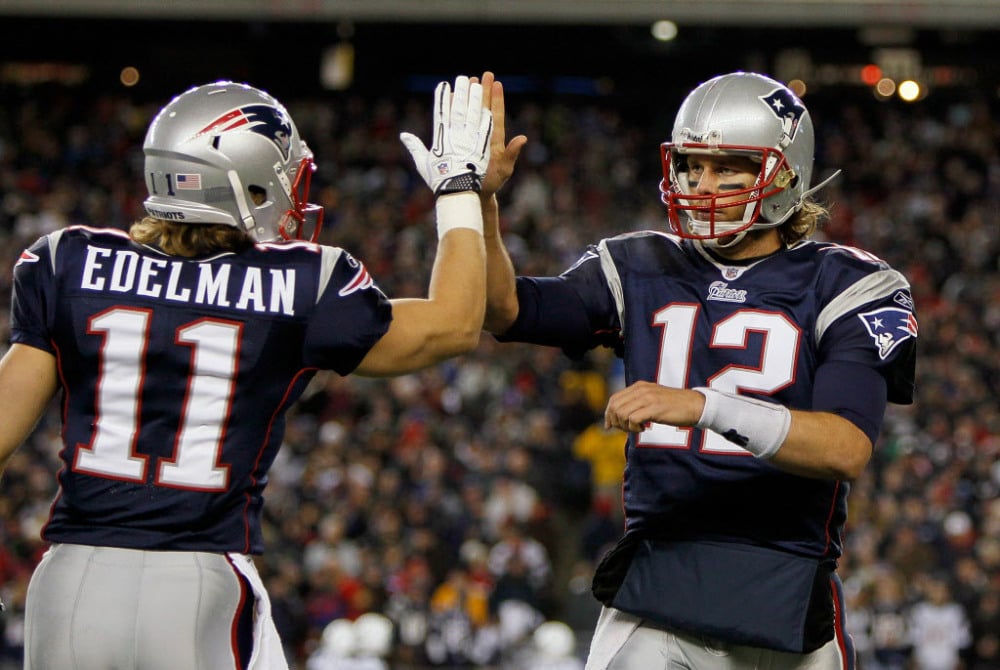One of the toughest, yet most essential tasks in any GPP is the ability to separate your lineup from the masses. It’s a grueling mental exercise to talk yourself out of a slam-dunk play in favor of an under-the-radar gamble. But at the end of the day, low ownership/high-upside players are usually the ones that make bank in a large tournament.
For that reason, I’m here to test a few NFL trends that people automatically assume are factual. Poking holes in conventional wisdom can help determine where money will be made and lost this NFL season.
- Are QBs really better as underdogs?
There is a general belief that QBs will attempt more passes and score more fantasy points when playing for an underdog. This works with the assumption that underdogs will be airing it out in an effort to erase late-game deficits.

Fantasy Labs Trends indicate that underdog value is virtually non-existent and that favored teams actually attempt more passes per game. In 2014, the top two teams in terms of pass attempts per game (New Orleans and Indianapolis) entered just six games as an underdog. Meanwhile, the two most run-heavy offenses (Seattle and Dallas) were dogs a combined seven times.
- How do Vegas lines correspond with RB production?
The belief that running backs will thrive on teams that are favored is the flip-side to the presumed QB/underdog correlation. Teams like to grind out a win by feeding the ball to their back but should we buy this as a winning DFS trend?

In an effort to weed out reserves, the chart is limited to backs that carried the ball at least seven times. We didn’t see any value trends at QB, but feature backs who run for a favorite tend to offer more bang for your buck. Further evidence: RBs on heavy favorites (-7.5 through -16.5) offer a +/- value of 1.94.
- Is there a Vegas effect on early-down and pass-catching RBs?
Let’s dig deeper and separate RBs based on their role within an offense. The assumption is that early-down backs are in play when favored and pass-catching/third-down backs should thrive as underdogs. Is this fact or fiction?

The logic holds true for early-down bellcows, while the contrary wins out for pass-catching backs. The data is clear on the strategy for workhorse backs – roll with them as favorites and avoid them as dogs. Favorites offer a +3.01 point value over dogs despite nearly-identical volume.
It comes as a bit of a surprise but third-down backs fail miserably to meet their expectation as underdogs. We learned earlier that teams don’t necessarily throw more frequently when pegged as a dog – the league’s most prominent pass-catching backs actually saw slightly more targets when favored.
- Is Vegas line movement a useful DFS tool?
Those who are savvy about Vegas lines know that following line movement will give you a good indication of “sharp” betting. Reverse line movement occurs when a large majority of the public bets come in on one team yet the line moves against the public. This usually indicates that the sharp money (experts and big money wagers) is heavy on the neglected side. In DFS and Vegas alike, this is viewed as a sign to fade the public and increase exposure to the opposing side.

The first chart represents reverse line movement, while the second shows conventional line movement toward a public play. Your attention should immediately be drawn to the difference in expected points. Movement toward the public produces some extremely favorable results. But keep in mind that these results are usually accompanied by premium price tags ($8900 avg cost) and high ownership percentages.
I’m much more intrigued by the Reverse Line Movement chart (top) which exposes a great situation to find value at QB. These quarterbacks are routinely outperforming their expectation while adding cap freedom ($5300 avg cost) and a contrarian element to your lineup.
You can use NFL Trends to find quarterback matchups that feature reverse line movement. First create a new QB trend then set the Vegas filters to match the trends that appear below the chart.





